Hau Giang Provincial People's Committee has just coordinated with Vietnam Agriculture Newspaper to organize the Workshop "Promoting rice value chain linkage to contribute to the implementation of the Project on sustainable development of 1 million hectares of high-quality rice in Hau Giang". Implementing the Project "Sustainable development of 1 million hectares of high-quality, low-emission specialized rice, associated with green growth in the Mekong Delta region by 2030" (abbreviated as the Project on sustainable development of 1 million hectares of high-quality rice), Hau Giang province has been implementing pilot models at the provincial and district levels with a total area of 180 hectares.
Models applying advanced technical measures, such as alternating wet and dry irrigation, 1 must 5 reductions, sustainable rice production according to SRP standards, etc. have helped farmers change their production practices, create quality products, meet market demand, and ensure the health of rice growers, consumers, and the environment.
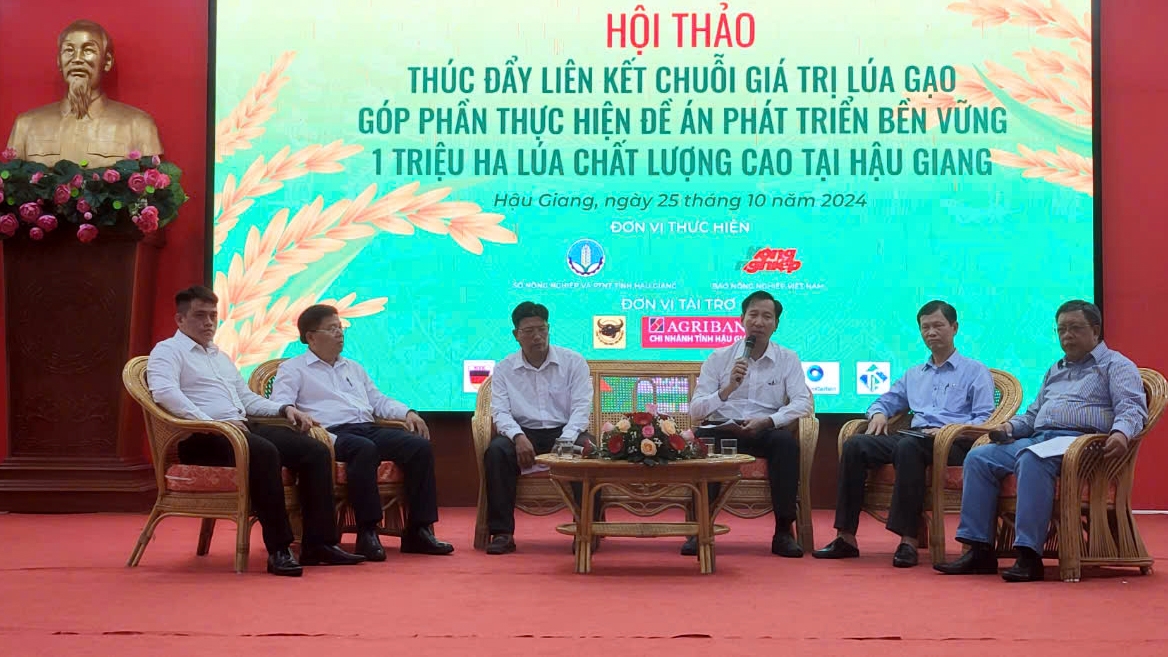
However, in addition to the achieved results, the implementation of the Project on sustainable development of 1 million hectares of high-quality rice in Hau Giang is also facing many difficulties, such as the impact of climate change causing drought and saltwater intrusion affecting people's rice production areas; infrastructure, irrigation dyke systems and machinery and equipment to serve the rice production areas participating in the Project are still limited.
Standing Vice Chairman of Hau Giang Provincial People's Committee Truong Canh Tuyen said that pilot models participating in the Project have been implemented. However, calling on enterprises to join in close and sustainable linkages from production to consumption through each crop still faces many difficulties and limitations. In particular, there are currently no specific and clear regulations on emission measurement and carbon credit payment, so there are also some limitations.
Many scientists , experts and enterprises in the rice industry have analyzed the advantages, difficulties and challenges in the rice value chain and the linkage of the four parties in the Mekong Delta in general and Hau Giang province in particular, and at the same time suggested solutions to help Hau Giang implement the Project more effectively in the coming time. Specifically, proposing solutions for effective fertilizer use; orienting the construction of high-quality rice production models with low emissions; improving the linkage of the rice chain for Hau Giang province and the Mekong Delta region...
According to Mr. Le Thanh Tung, Deputy Director of the Department of Crop Production ( Ministry of Agriculture and Rural Development ), in addition to technical benefits, the 1 million hectares of high-quality rice project implemented in 12 provinces and cities in the Mekong Delta region also forms linkage chains between people and enterprises, between enterprises and cooperatives. Through surveys, many localities such as Hau Giang have great potential but face "bottlenecks" in increasing value per unit area, and there is no unit to purchase large quantities. Hau Giang has quality rice from inheriting the VnSAT Project, but the output is still open. Therefore, building close relationships through partners and stakeholders in the project is extremely necessary.
Mr. Tung emphasized that a rice value chain or a rice industry chain in each locality has different “bottlenecks”, so it is impossible to evaluate a common chain for the entire Mekong Delta region. Therefore, the Project is based on this reality to see where the “bottlenecks” are and then solve them right there.
“There are very strong cooperatives but they do not have purchasing enterprises and vice versa. Therefore, when participating in the industry chain with the connection of 4 parties, with stronger, clearer and more specific public-private cooperation, even specific to each production area, the Project will be developed,” said Mr. Tung.
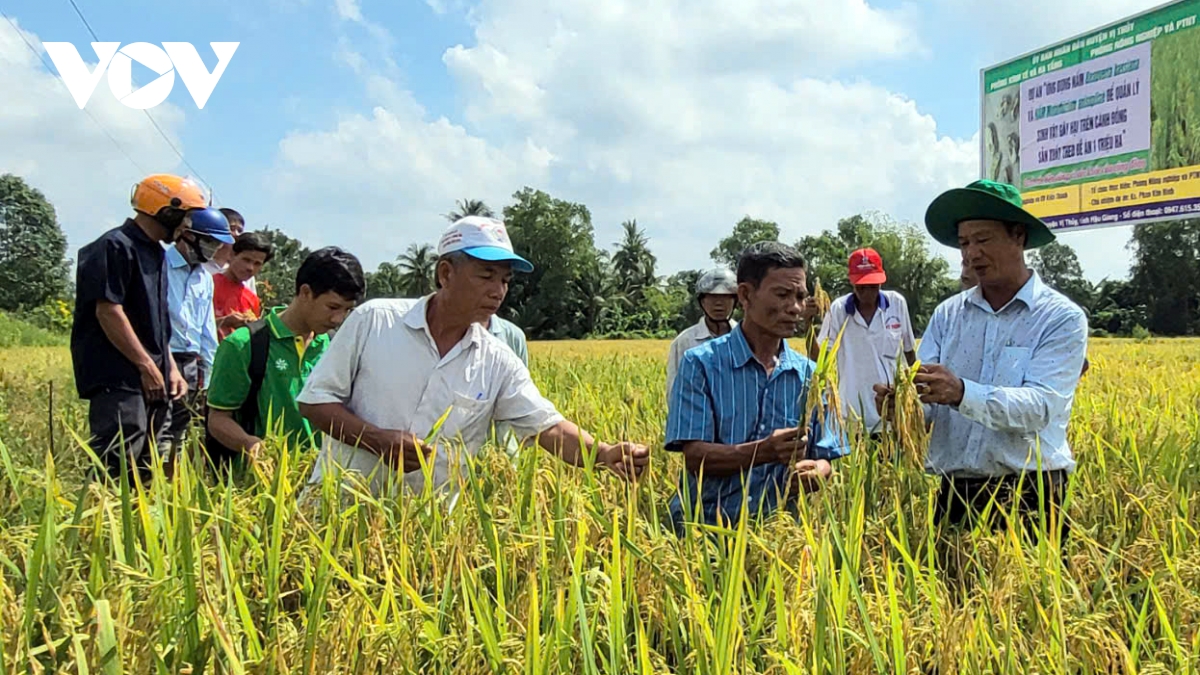
Through the preliminary report on the implementation of 7 pilot models of the 1 million hectare Project; the issues raised in the use of fertilizers for rice in the Mekong Delta have shown the effectiveness in productivity and quality of rice when applying the technical process of producing high-quality and low-emission rice. Many scientists as well as farmers believe that if the Project has feasible solutions to help rice production bring high efficiency, farmers will respond strongly.
Prof. Dr. Nguyen Bao Ve, former Head of the Faculty of Agriculture, Can Tho University, affirmed that farmers in the Mekong Delta understand the need to apply science and technology, so it is necessary to find solutions to transfer to farmers.
As the first province chosen by the Ministry of Agriculture and Rural Development to organize the Project launching ceremony in mid-December 2023, Hau Giang is setting a goal of implementing the Project on 28,000 hectares by 2025; by 2030, it will increase to 46,000 hectares in 6/8 district-level units.
Source: https://vov.vn/kinh-te/de-an-1-trieu-ha-lua-chat-luong-cao-nang-suat-loi-nhuan-tang-nong-dan-se-theo-post1131177.vov



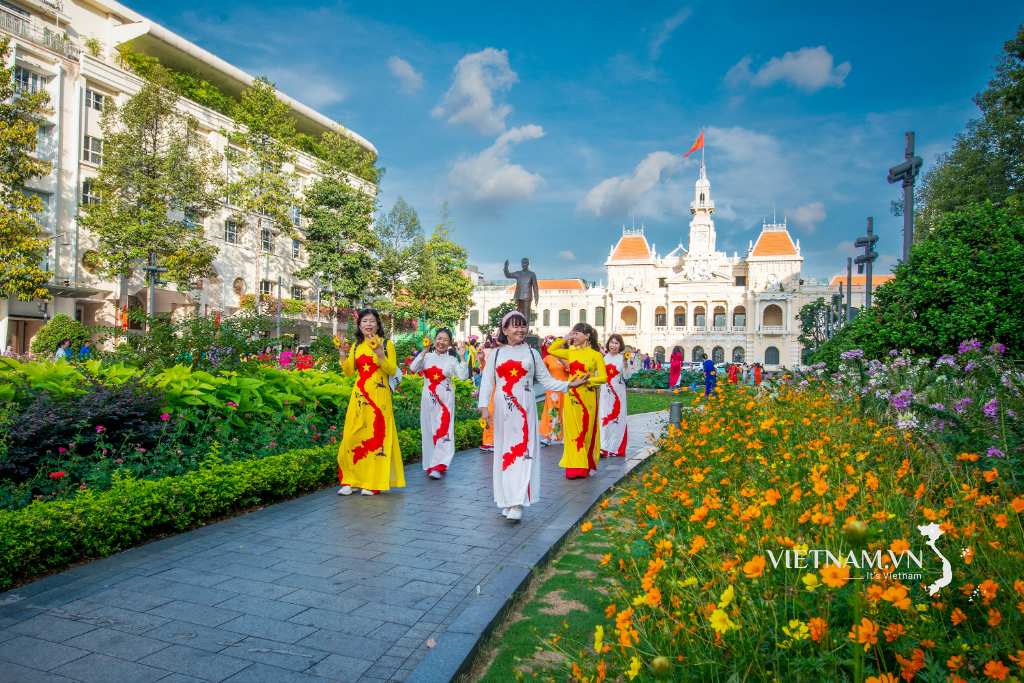
![[Photo] Phu Quoc: Propagating IUU prevention and control to the people](https://vstatic.vietnam.vn/vietnam/resource/IMAGE/2025/8/24/f32e51cca8bf4ebc9899accf59353d90)


![[Photo] Party and State leaders meet with representatives of all walks of life](https://vstatic.vietnam.vn/vietnam/resource/IMAGE/2025/8/24/66adc175d6ec402d90093f0a6764225b)
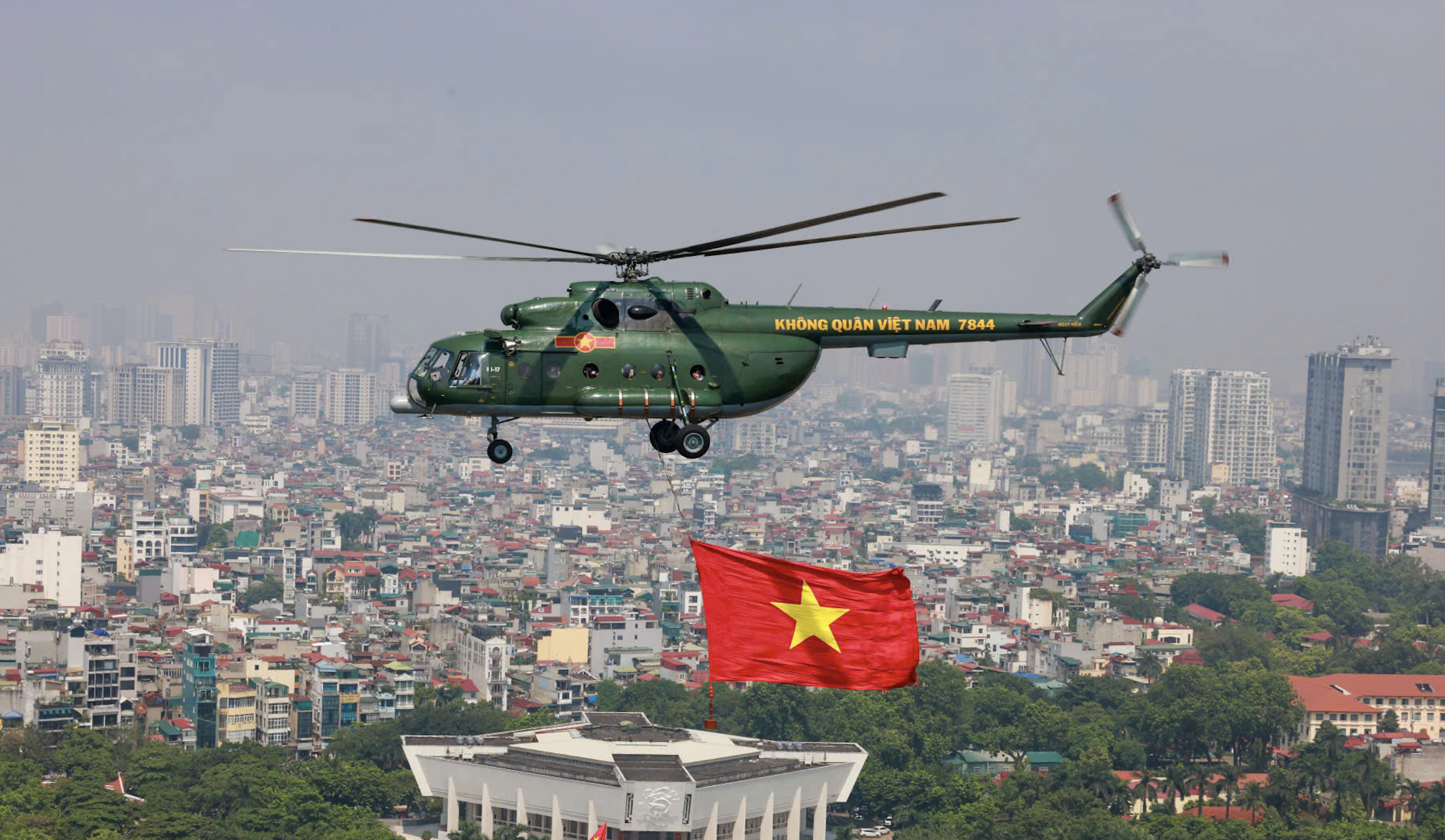




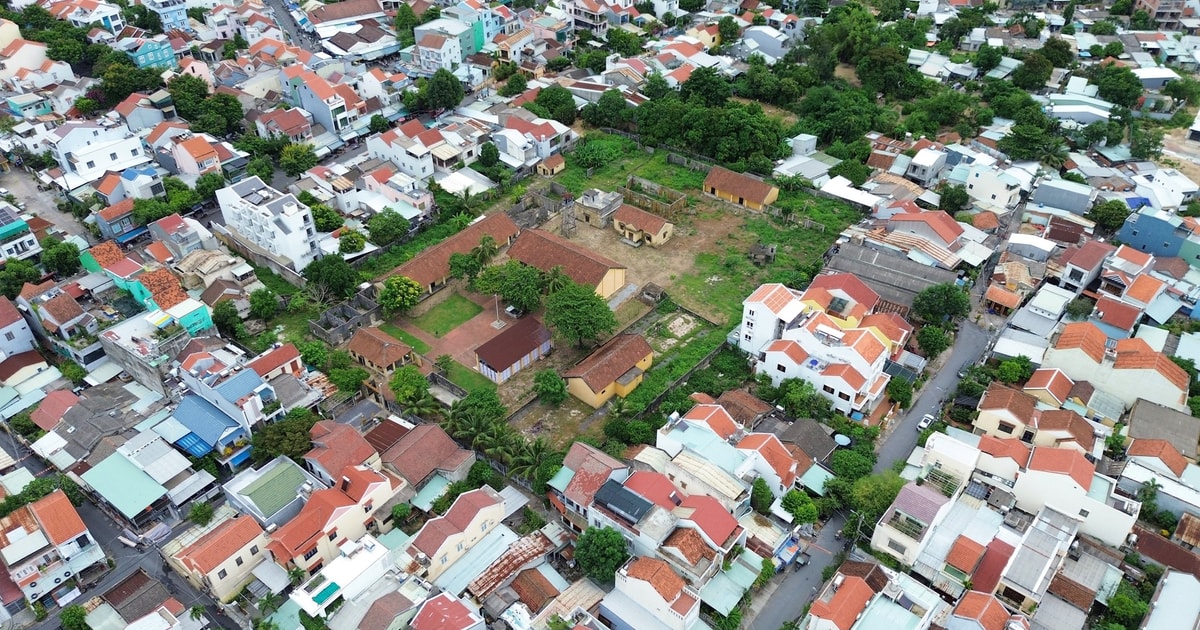

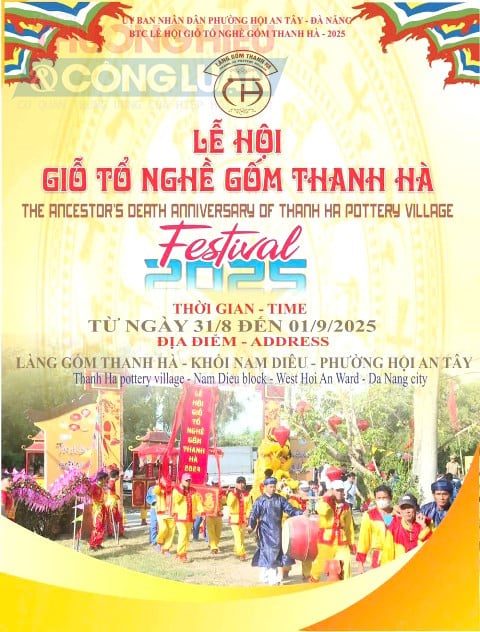

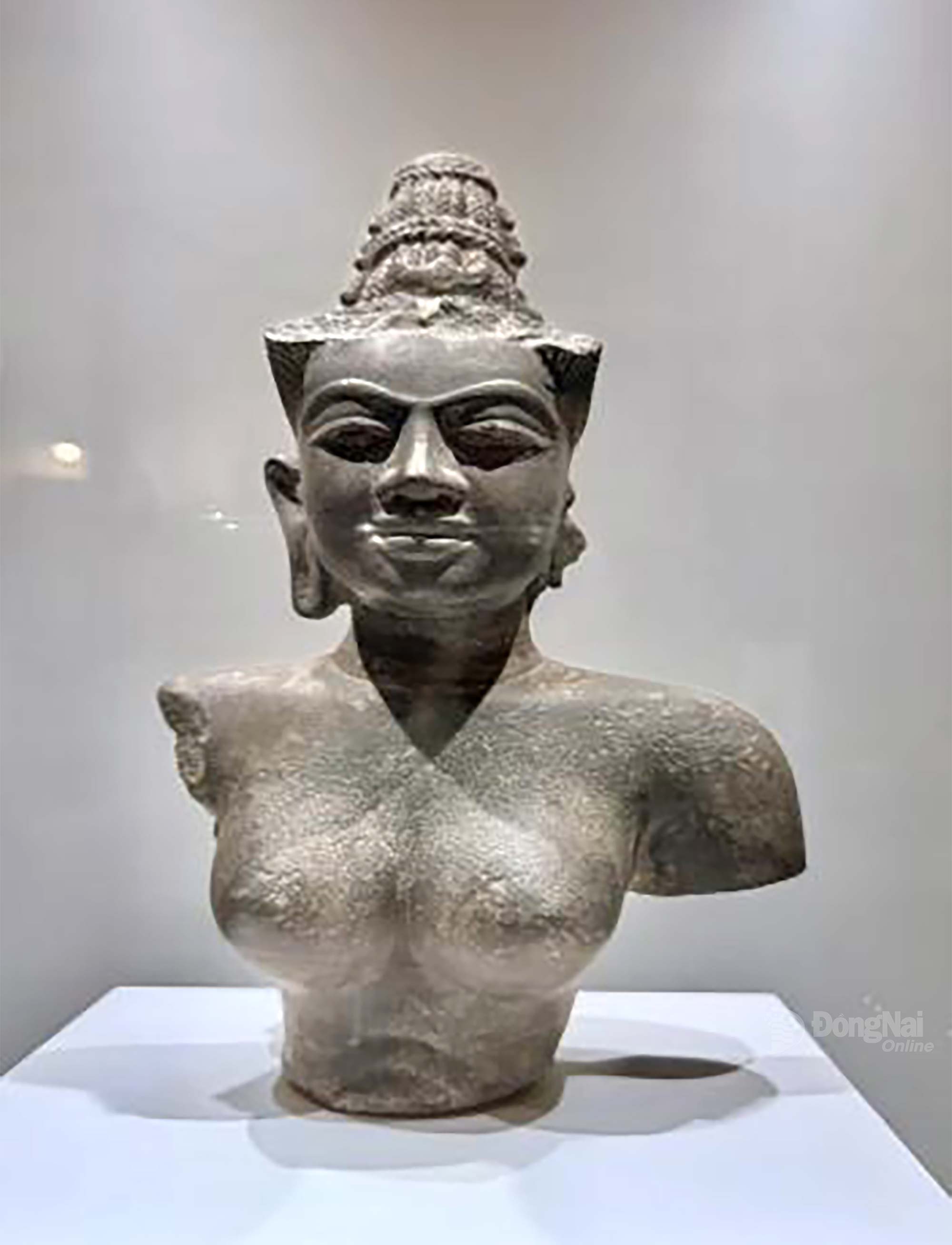







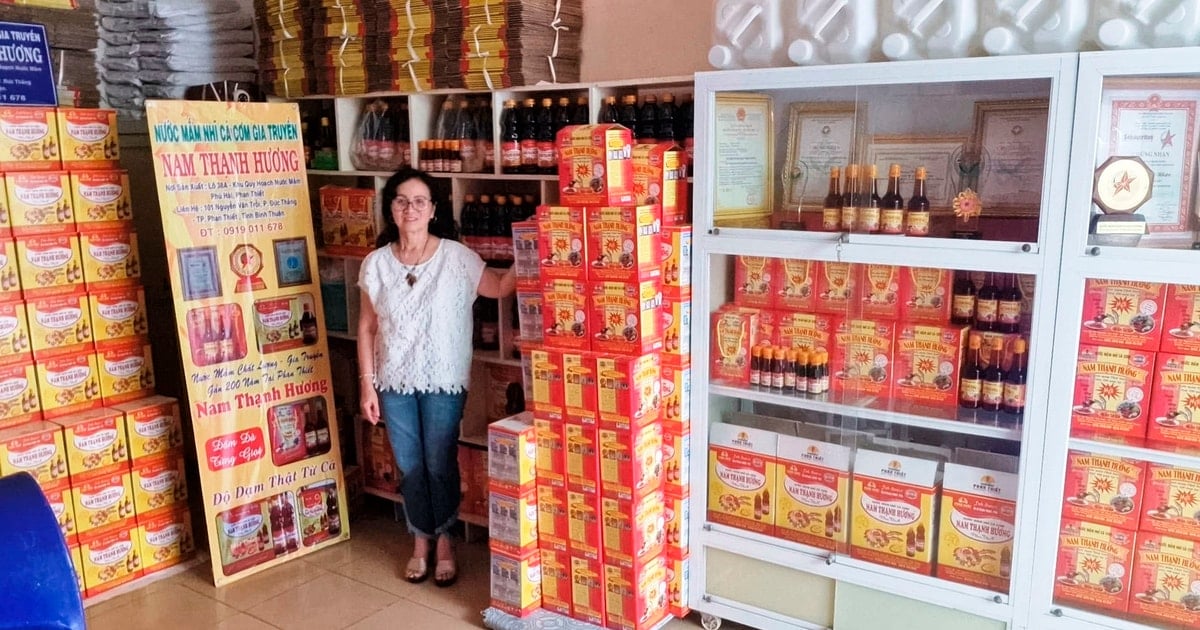



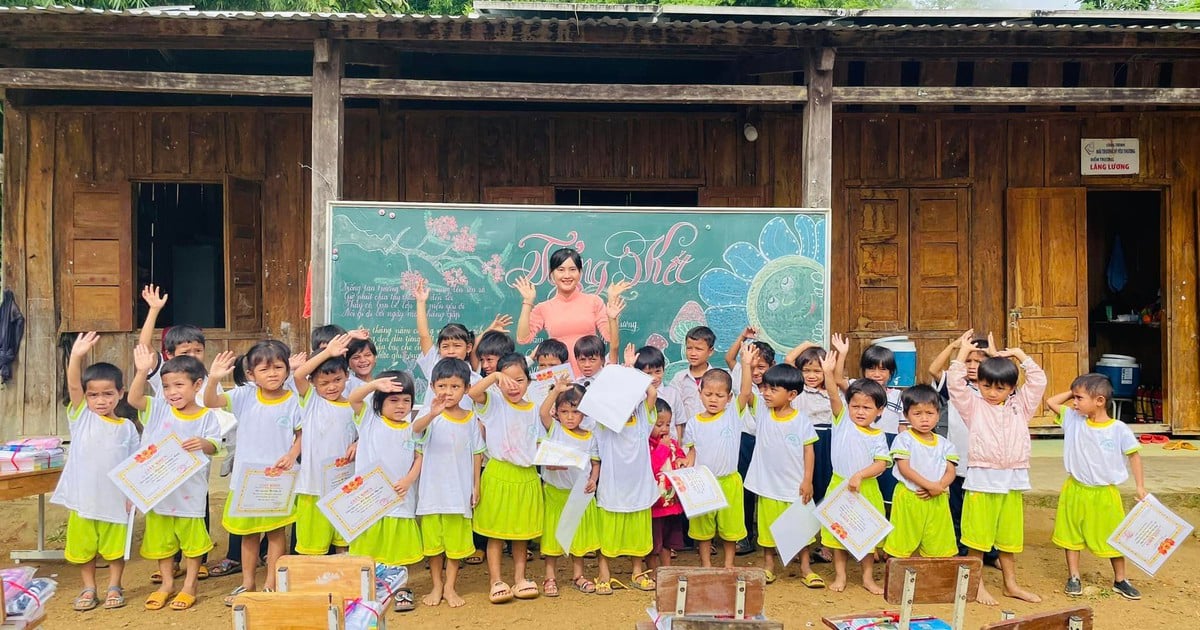

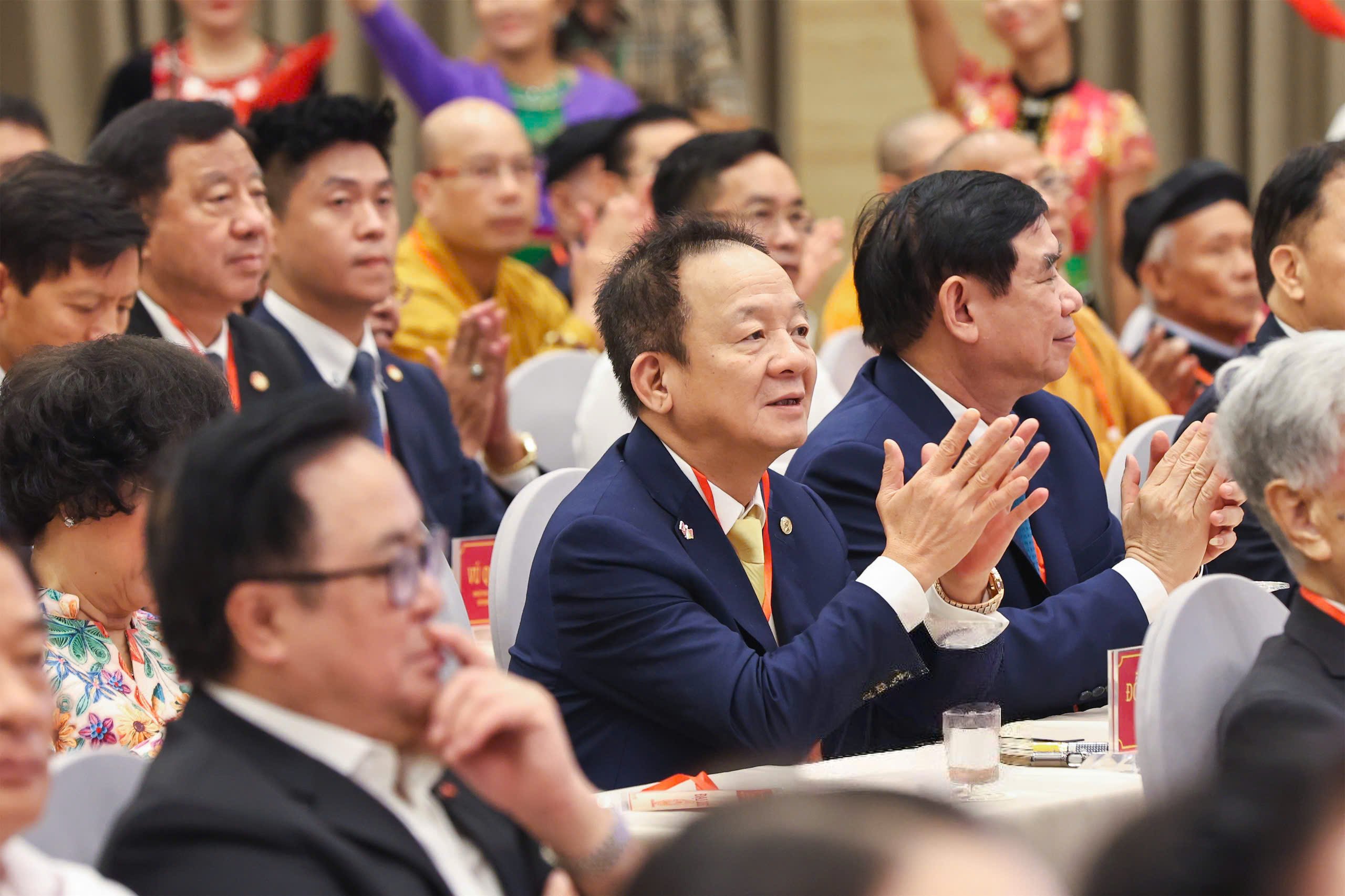





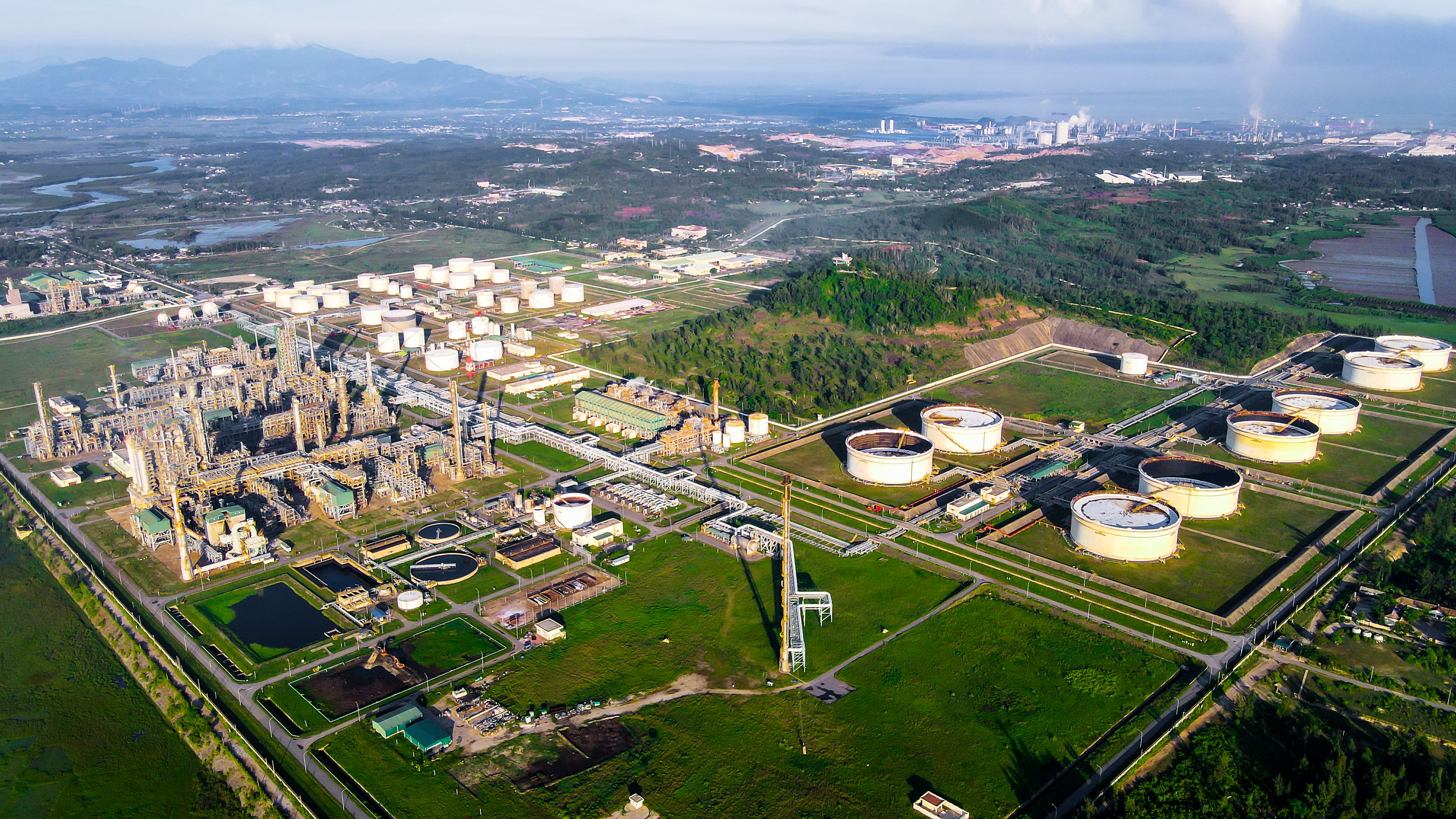






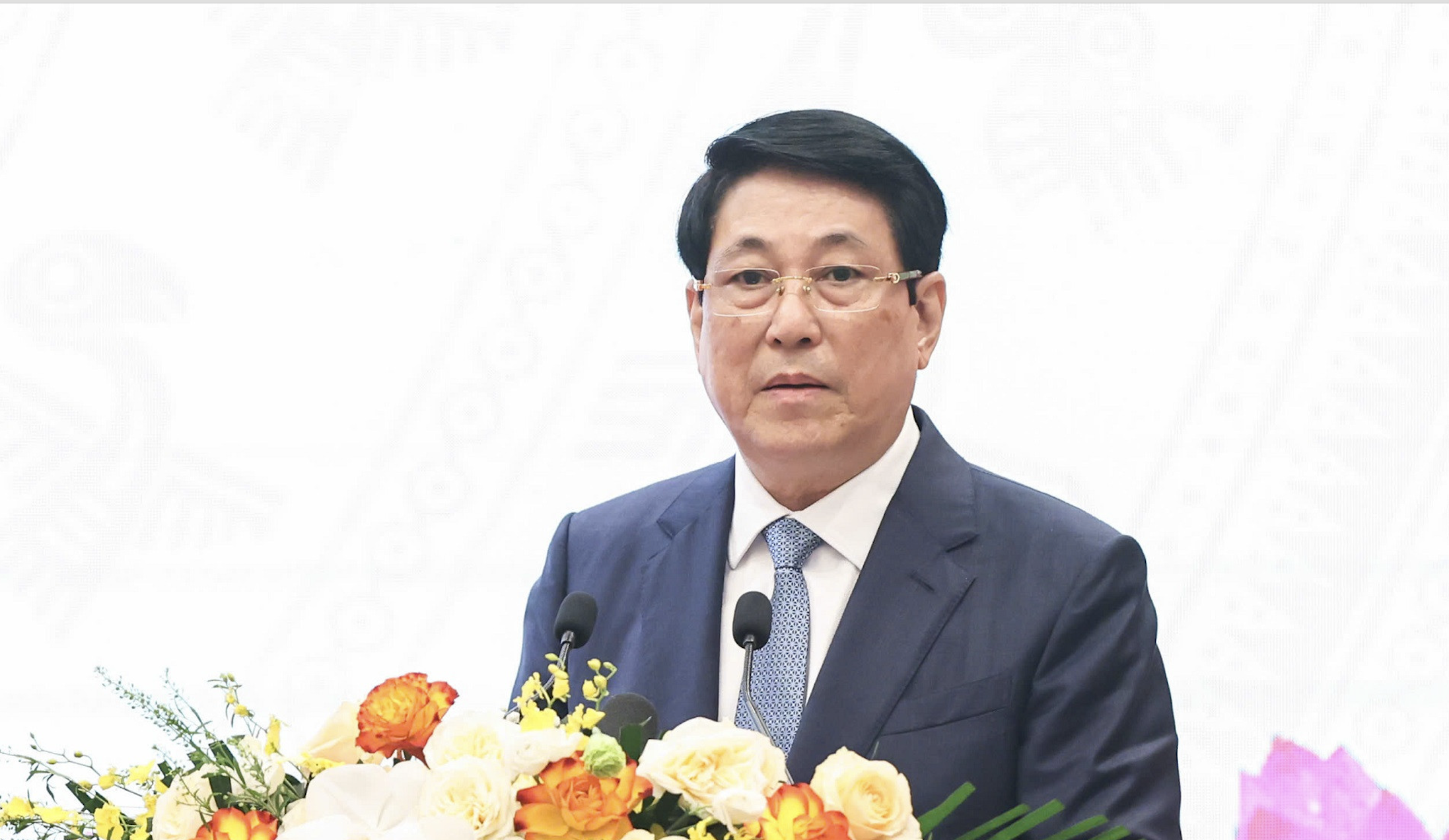



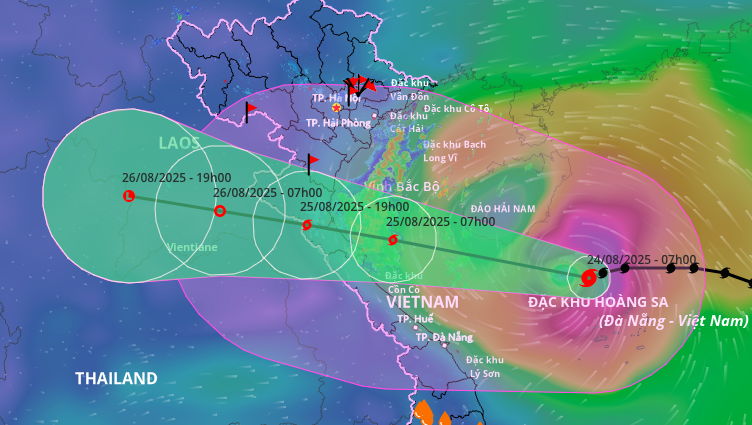




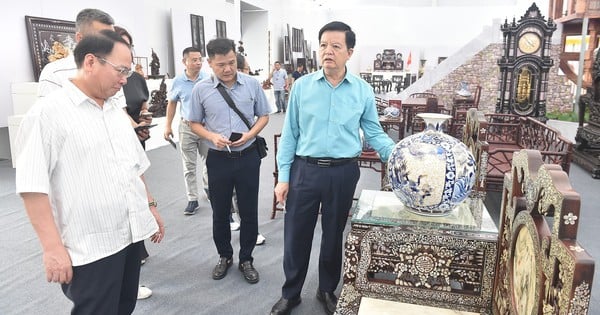


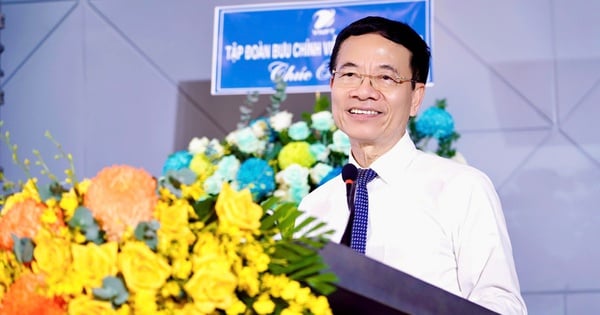





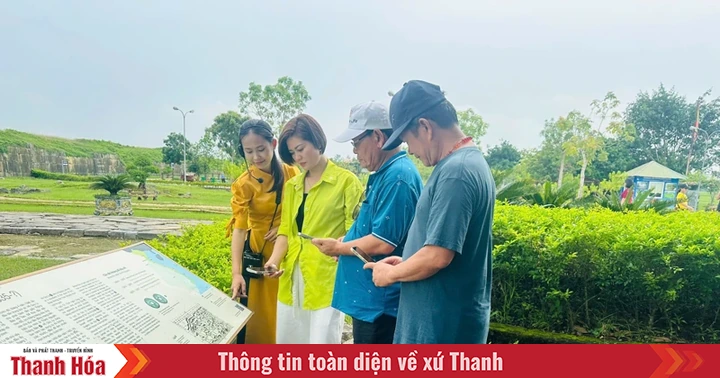

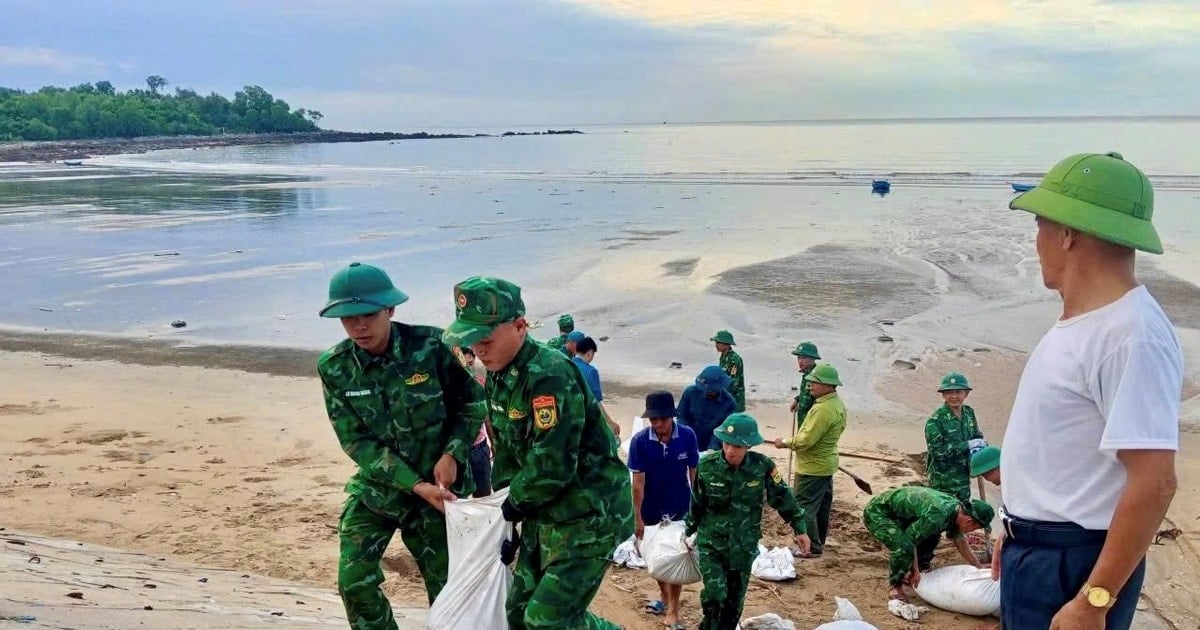


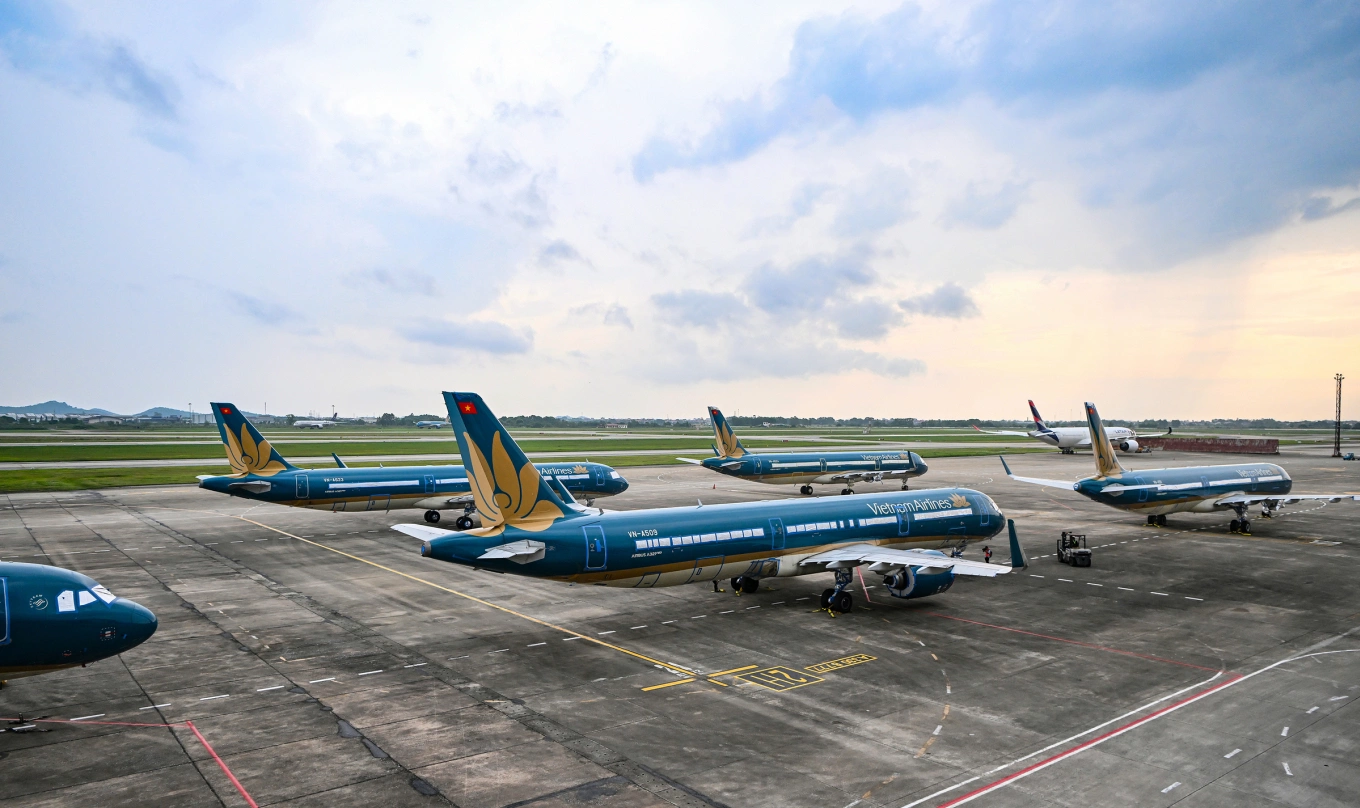

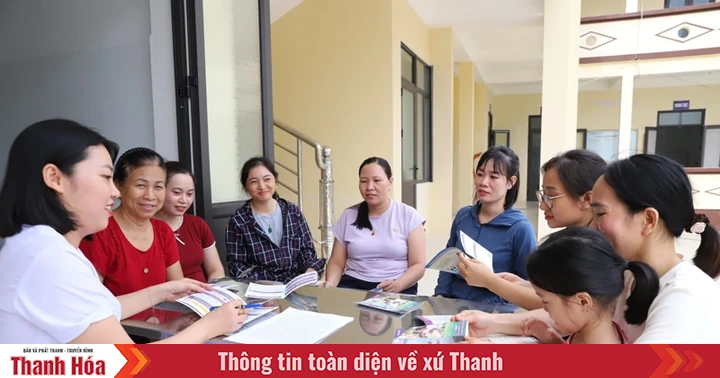
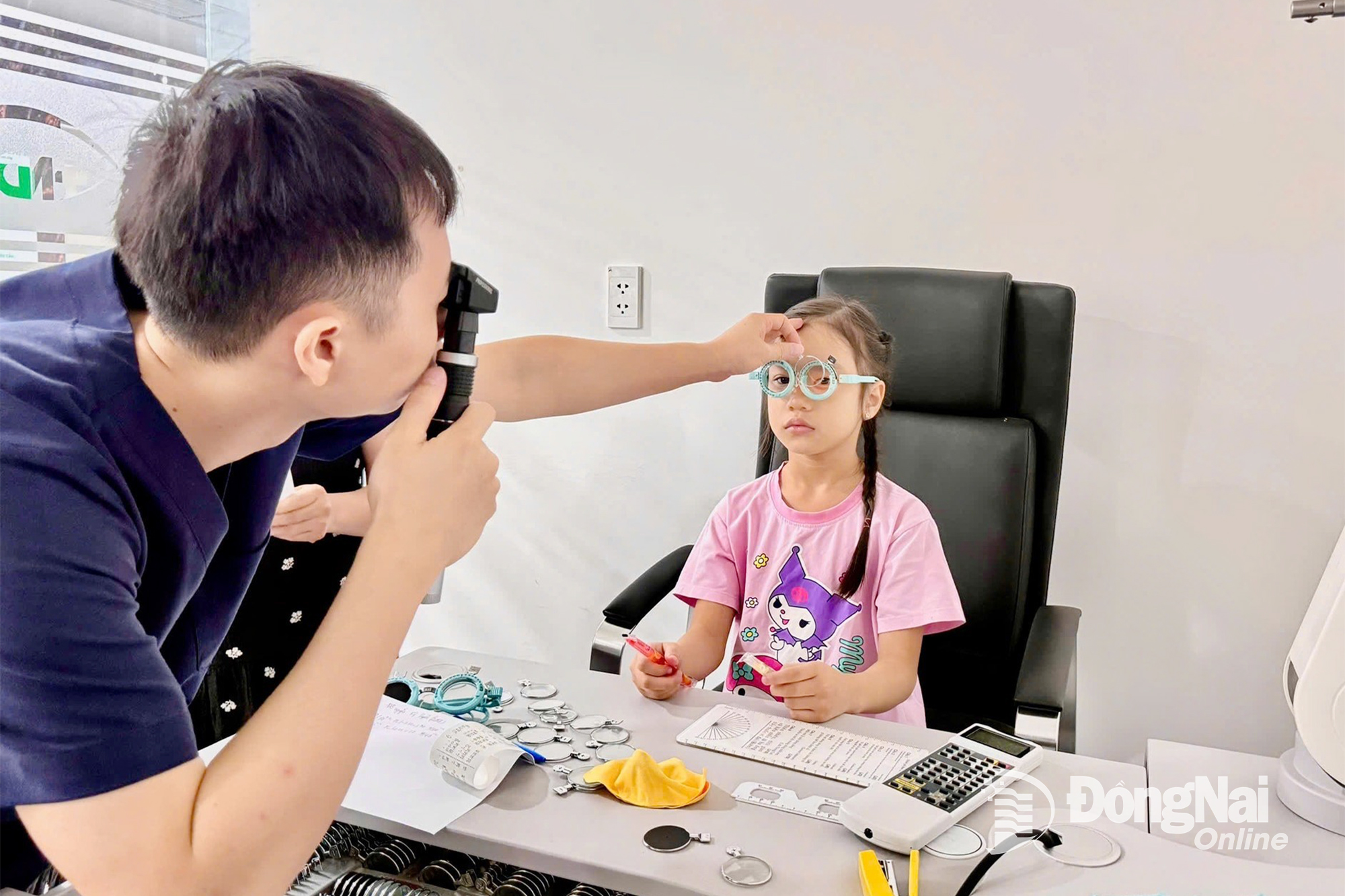
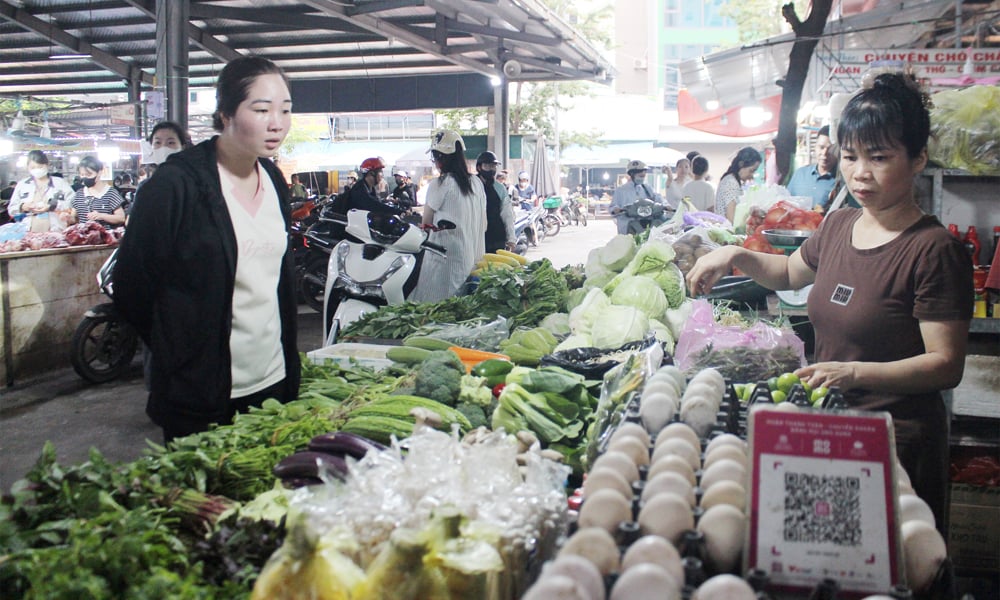

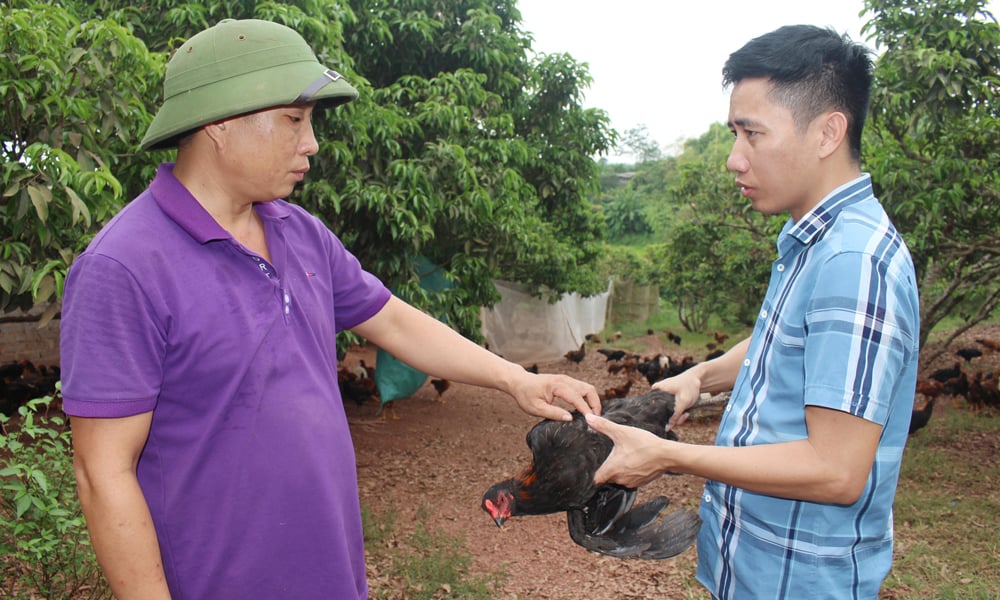
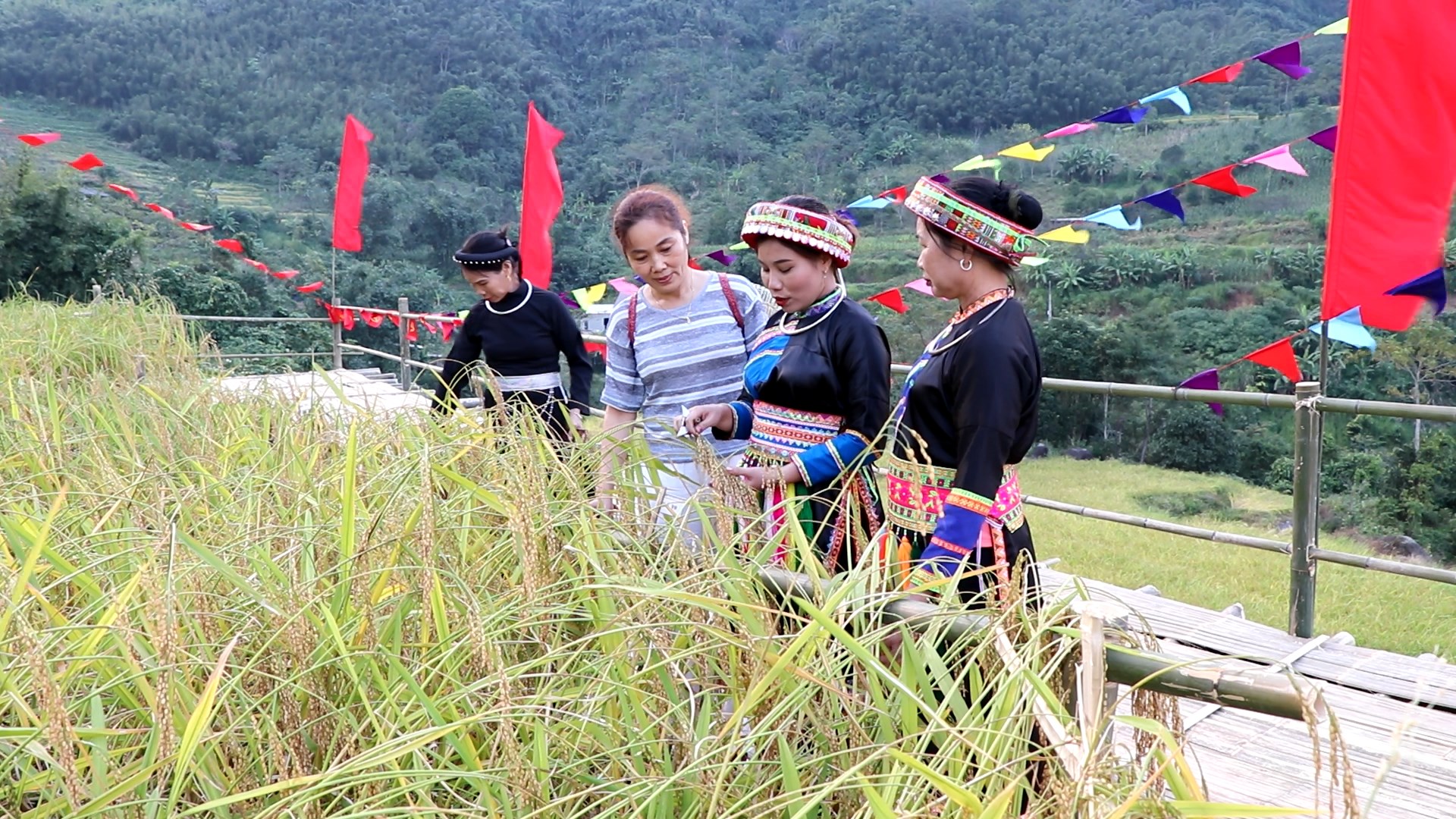










Comment (0)